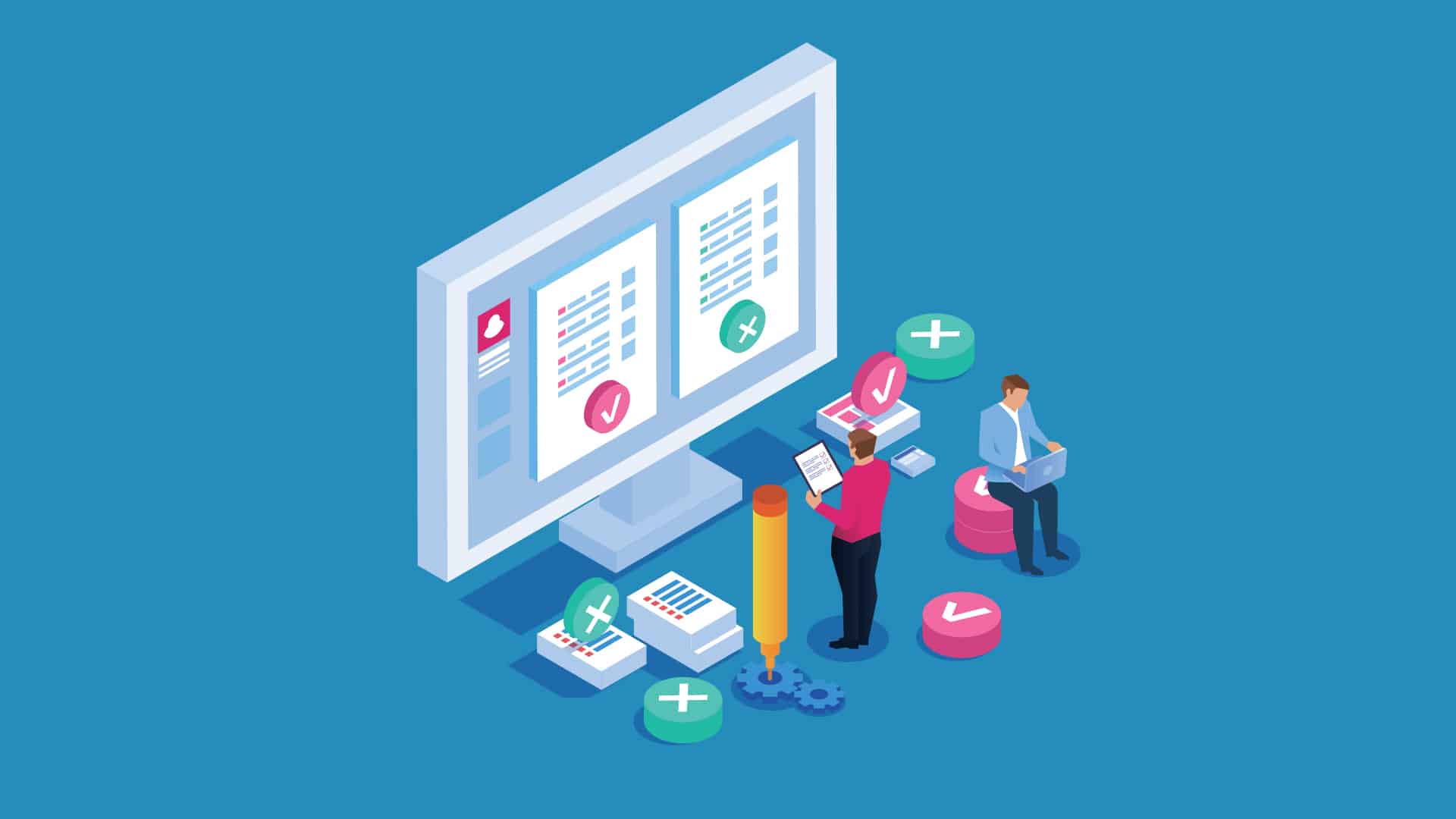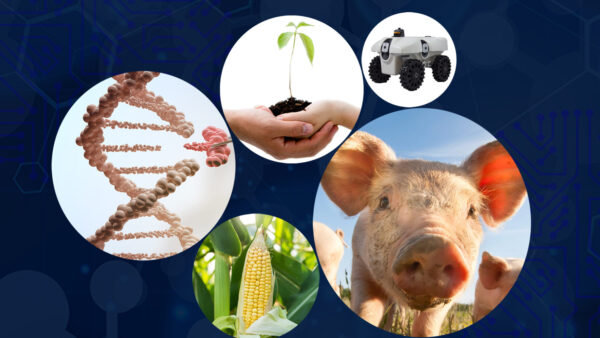By: Vincent Veneziale, Seed Division Lead at Primetics: A Cultura Company
During the coronavirus crisis, many companies are being forced to rapidly adopt new working practices and processes to keep their businesses going. This is certainly true for the essential seed industry where it is vital that seed is processed and delivered on time. This will place strain on seed companies where social distancing rules and working from home mean that companies may not always have effective access to the information they need to run their business, such as, their availability of product, what products are being ordered and where these products need to be shipped.
Generally, companies that have the robust centralised software they need to run their businesses will manage better than those that do not, providing that the software is sufficiently updated to allow it to be accessed remotely.
However, for those companies that have struggled, this “new normal” will highlight the importance of their systems, what is lacking, and will cause companies to think about how they can improve on what they have. Not only to ensure that they can continue doing business, but also doing this without putting undue strain on their people and customers.
Companies often approach software purchases much like any other capital investment they are going to make. Someone or a team compares the options, conducts a demo, and then determines the implicit and explicit return on the investment. It can be a challenge to deduce the return on investment for software. However, today, the value of having a well-connected team that has access to real-time data is clear, when it was blurry before.
COVID-19 Challenges
In the pre-COVID-19 world, workable solutions existed. Let’s walk through an example. A farm calls inquiring about the availability of a specific variety, in bulk bags, and it needs to be shipped out today. If you fielded that call and didn’t have a seed management system, then you would explain to the customer that it would take a few minutes to get the answer, but you’d call back soon.
You hang up the phone and go to the warehouse to find out what is available. On your way back to your desk, you might stop by the other salespeople’s desks to make sure the inventory was not already sold. Then you finally return the call. The farmer might purchase the seed on the spot or might have found another vendor that could guarantee the product before you got back in touch.
While the situation above is not the most efficient, it is functional. You were able to visit the warehouse and talk to the other salespeople to get the answers you needed to complete the sale. However, with current COVID-19 adaptations world, teams are segregated, and employee movements are severely limited. It is possible that as a salesperson, you are working from home.
Even if you are working on-site, your access to the warehouse might be forbidden in an attempt to keep employees from mingling too much. Maybe you are allowed in the warehouse, but the number of people allowed in the warehouse are limited, so you have to wait your turn. Then when you are finally allowed in you must have your temperature checked and you need to put on new personal protection equipment. In this case, simply going in to check a shelf and see what seed is available has become a time-consuming process.
If you were not allowed in the warehouse, you might decide to call the warehouse and ask for help. In this case, you’d have to wait for someone to have time to take your call. Then that person would have to find the seed and call back with an answer about its availability. Again possible, but it could take a while.
Once you have confirmation that the seed is in the warehouse, you need to check the status of the seed with the rest of the sales team to ensure that it is available and not already sold. Again, this used to be as simple as stopping by someone’s desk and asking a quick question on the way to refill your coffee, but now offices are operating well below full capacity. There are rules about how close you can stand to other employees. Instead of a friendly chat, getting this information requires calling someone or sending an email and waiting for them to return.
The Case For Software
A process that used to take 30 minutes now takes significantly longer. The decision to invest in new software is fuelled by a real or theoretical increase in productivity. Companies want to know that a software program or service will save employees time, increase accuracy, or remove redundant operations. All increasing efficiency and reducing costs.
In the example, with new robust software added, a salesperson can immediately give the farmer an answer and therefore doesn’t risk losing the sale when he or she hangs up. Or if the desired seed is not available, the salesperson can quickly pivot to another product or answer questions about when it will be available. Before deciding to purchase the seed management system, the company would have to quantify how often this situation plays out and how much money they might lose because of lost productivity versus how much the software system costs.
Today, social distancing measures not only slow down the spread of the disease but also the spread of information. They prevent interactions and limit access to different parts of the office and warehouses. By design, people are physically disconnected. However, businesses require teams to work together, therefore technology and software solutions are being adopted to keep them connected.
A seed management system that connects the warehouse team, the sales team, and the billing team gives everyone access to the same real-time information from anywhere. This ensures that they are making business decisions based on the most up-to-date information. The software connects teams within a business and shares data across business units.
Software can connect all of the moving parts of business seamlessly, effortlessly, and reliably. This is more apparent than ever. In just a few months, COVID-19 has made it easy for companies to see the return on investment that they’ve been struggling to find in the past.
Never Let a Good Crisis Go To Waste
If you are considering software solutions to upgrade your business to thrive in the post-COVID-19 world, you should look past the current challenges. Now that it is time to purchase new software, don’t just look for a solution that narrowly solves today’s connectivity problems. Instead, take a step back and look at the business as a whole. What information does each team need? How can one team update information and give everyone real-time access to this information?
Many companies are ready to find software solutions to keep their businesses functioning right now. Investing in software is really an investment in your business’s future success. Make sure you spend the money wisely on a solution you know will help you grow your business.
Ready to explore inventory management systems?
Use this checklist to start your search.

Some questions to get the conversation started.
What do you want from an inventory management solution?
- Ensure product availability and prevent overselling, overstocking and understocking
- Save time on manual inventory processing
- Limit people in warehouse areas
- Manage inventory on a mobile platform
- Manage inventory remotely
- Sync your software across multiple business units
Considerations for each platform evaluated
- Cost – price and payment schedule
- Scalability – how much room do you have to grow
- Ease of use – how much training will your team need to adopt this tool
- Platform support- Windows, Mac, iOS, Android
- Integrations – what other software does this tool need to integrate with
Which features are essential?
- Real-time inventory updates and out of stock notifications
- Central hub combining all online and offline data stores
- Specific reporting options
- Return management
- Integration with other departments and software
- Customer relationship management integration













